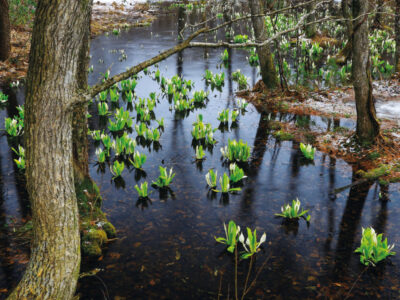Agroforestry and its effect on the complex of hydropedological properties of the soil
The aim of this article is to evaluate landscape retention capacity based on the use of soil protection technology at the chosen site and to compare selected hydropedological characteristics in the context of land management. Therefore, broken and intact soil samples are taken regularly and laboratory analyses are carried out. The chosen site is located in the Šardice cadastral area, Hodonín district, South Moravian region. At the chosen site it is possible to consider grass strips with one or more rows of trees as a possible agroforestry system, where temperature and humidity are measured continuously by TOMST TMS-4 moisture sensors. The results show that the way land is used and cultivated has an impact on hydropedological properties of the land. We can influence them both positively and negatively.

